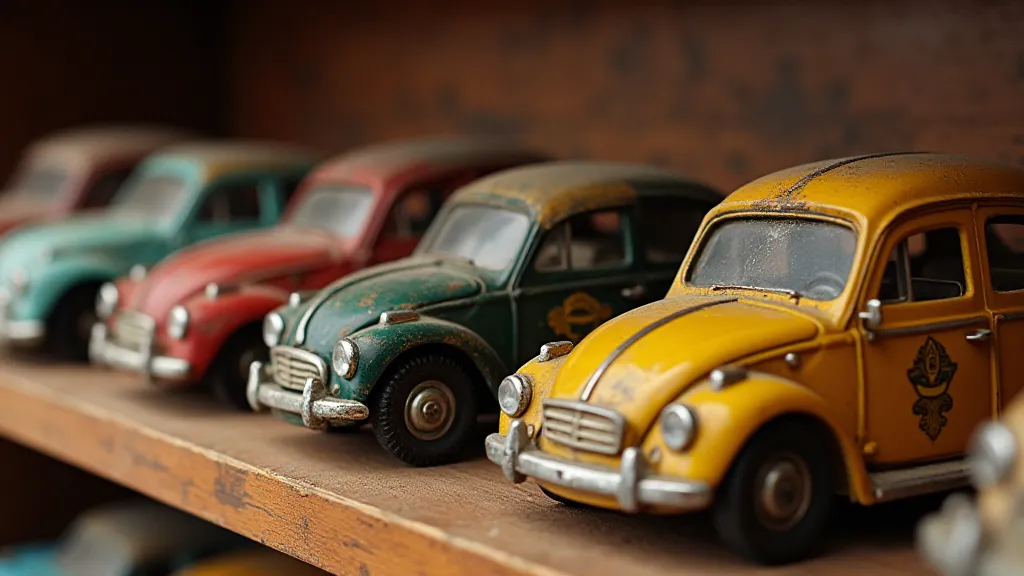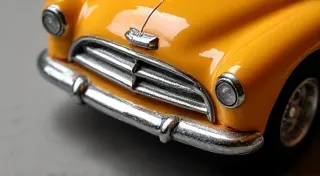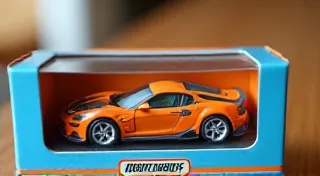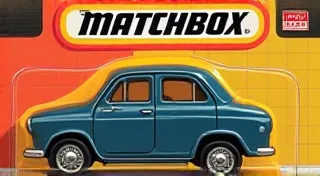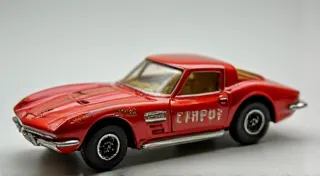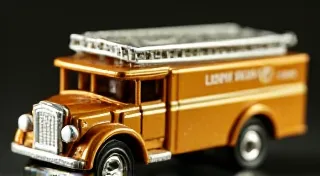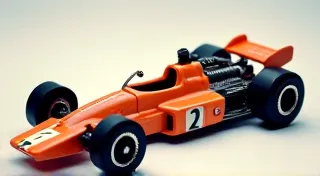Repairing and Restoring Vintage Matchbox Cars: A Guide
Vintage Matchbox cars are treasured pieces of childhood memories and valuable collectibles. But time, play, and storage can take their toll. This guide provides a practical approach to safely cleaning, repairing, and restoring damaged Matchbox cars, preserving their value and appeal.
Assessing the Damage
Before you begin any restoration work, carefully assess the condition of the car. Note any paint damage, broken parts, loose wheels, or faded decals. A detailed assessment will help you plan your approach and determine the extent of the repair needed.
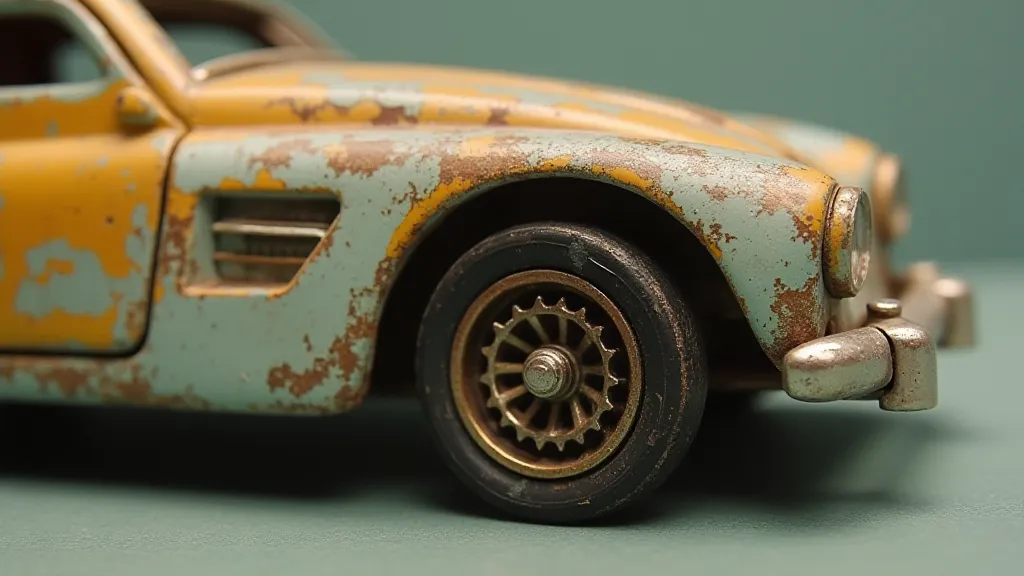
Cleaning Your Matchbox Car
The first step in any restoration project is cleaning. Avoid harsh chemicals that can strip paint or damage decals. Here’s a gentle approach:
- Warm Water and Mild Soap: This is often sufficient for removing surface dirt and grime. Use a soft-bristled brush (like an old toothbrush) to gently scrub.
- Isopropyl Alcohol (IPA): For stubborn grime or sticky residue, a diluted solution of IPA (70% or lower) can be effective. Apply with a cotton swab and *immediately* wipe away. Test this on an inconspicuous area first, as IPA can damage some paint finishes.
- Cotton Swabs and Q-Tips: Perfect for detailed cleaning around wheels and axles.
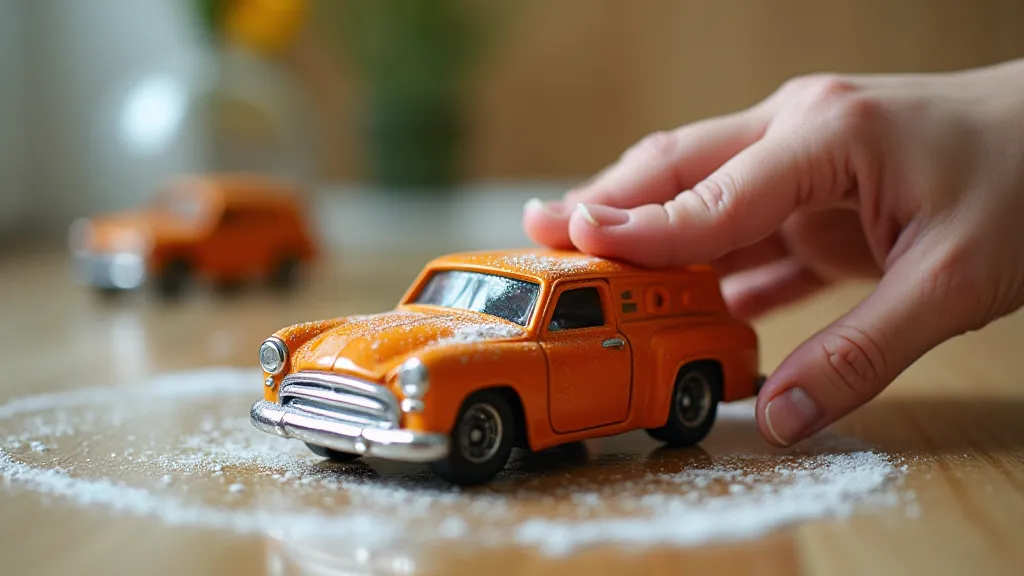
Repairing Common Problems
Loose Wheels
Loose wheels are a common issue. Often, the tiny pin that holds the wheel in place has become loose. Here are a few remedies:
- Super Glue (Cyanoacrylate): A tiny drop of super glue applied to the pin can secure it. Be extremely careful - too much glue will permanently fix the wheel and make it difficult to remove.
- Model Cement: A specialized model cement can also be used. It often provides a slightly less permanent bond than super glue.
Bent Axles
Carefully straightening a bent axle can often restore the car's ability to roll smoothly. Use small pliers or tweezers, applying gentle pressure until the axle is aligned. Avoid excessive force, which could break the axle.
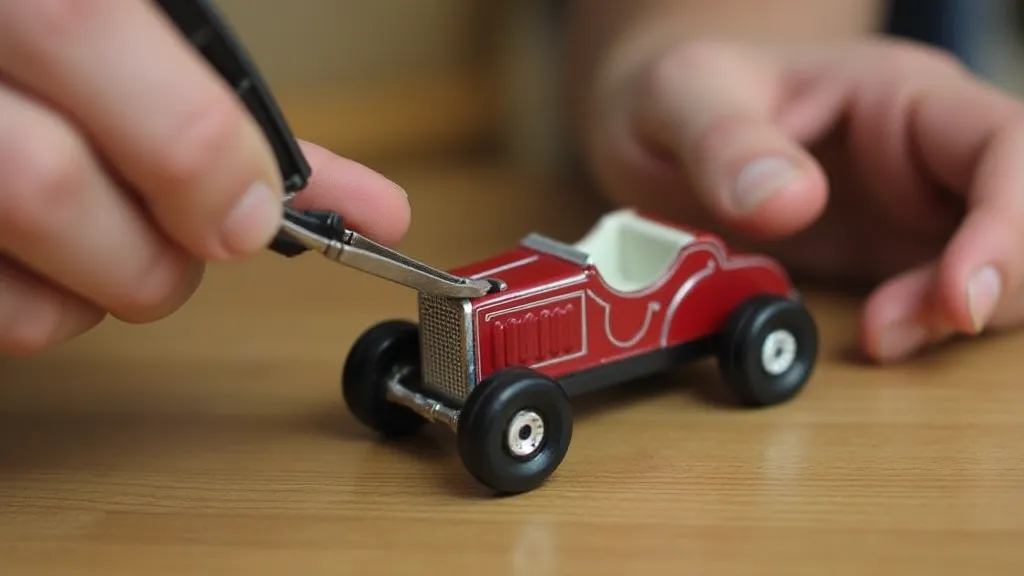
Damaged Paint
Repairing significant paint damage is a more advanced restoration. It typically involves stripping the original paint (which significantly reduces the car's value), priming, and repainting. Unless you have experience with model painting, it's often best to leave severe paint damage as is, or seek professional help.
Broken Parts
Missing or broken parts are difficult to replace authentically. Look for reproduction parts online, but be aware that these are often identifiable as not original. Sometimes, the aesthetic is improved by simply leaving the part missing. Carefully consider the value impact before attempting a repair.
Restoring Decals
Decals are notoriously fragile. Avoid excessive rubbing or scrubbing when cleaning. If a decal is damaged, there are reproduction decals available. Applying these requires skill and patience. Often, a slightly faded original decal is preferable to a perfectly applied reproduction.
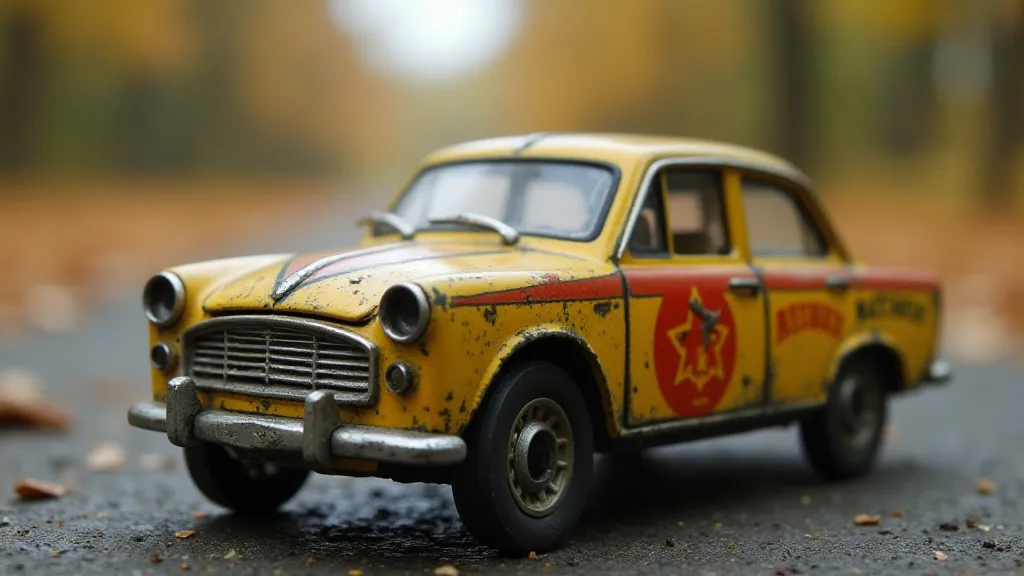
Important Considerations
- Value Impact: Restoration work *can* decrease the value of a rare or particularly desirable Matchbox car. Radical restoration is generally frowned upon by serious collectors.
- Originality: Collectors value originality. Preserve as much of the original finish and components as possible.
- Practice: If you're new to restoration, practice on less valuable cars first.
- Documentation: Keep a record of any repairs or restorations performed. This information can be helpful for future owners.
Restoring vintage Matchbox cars is a rewarding hobby. By following these guidelines, you can help preserve these iconic toys for generations to come.
